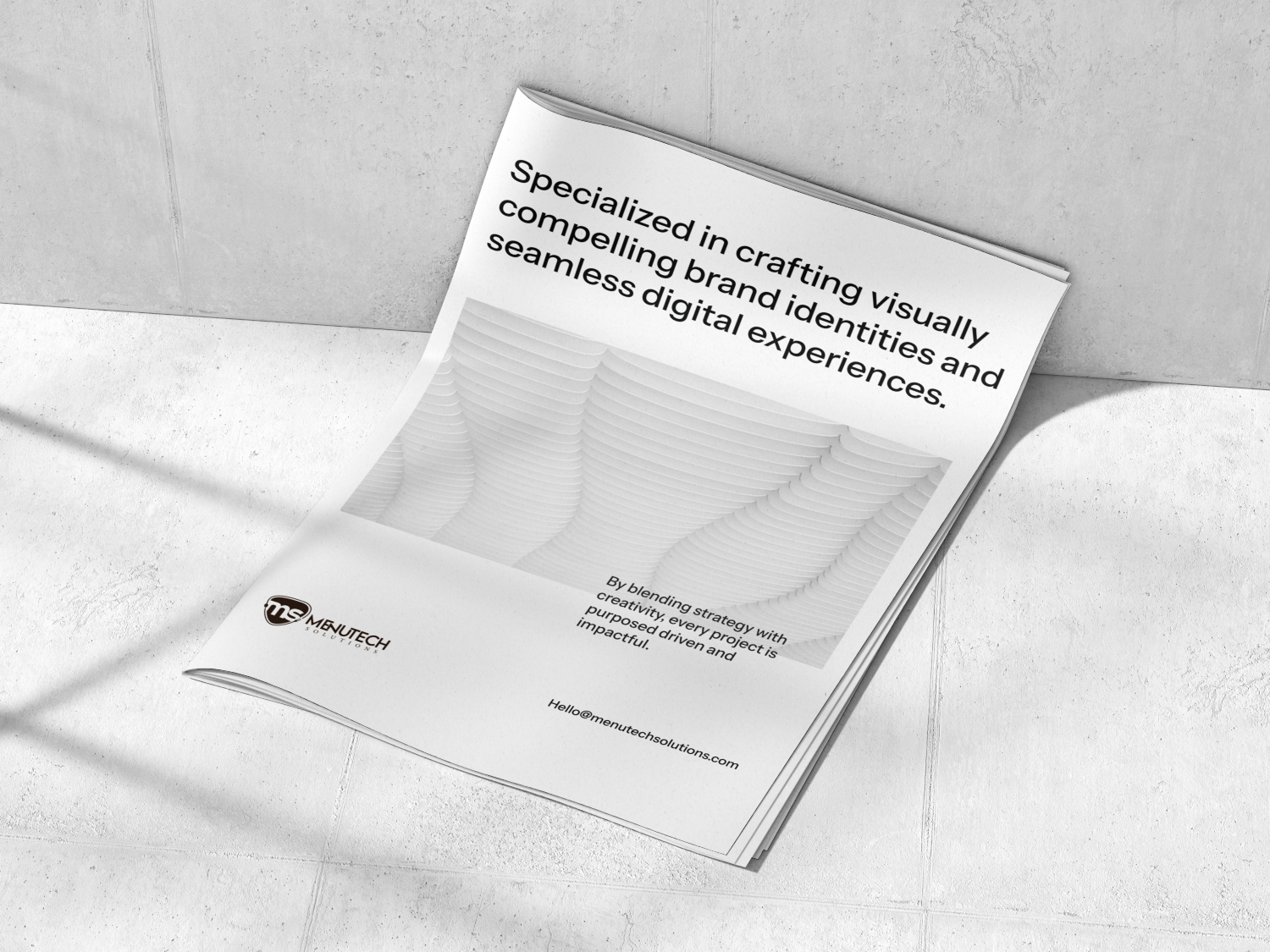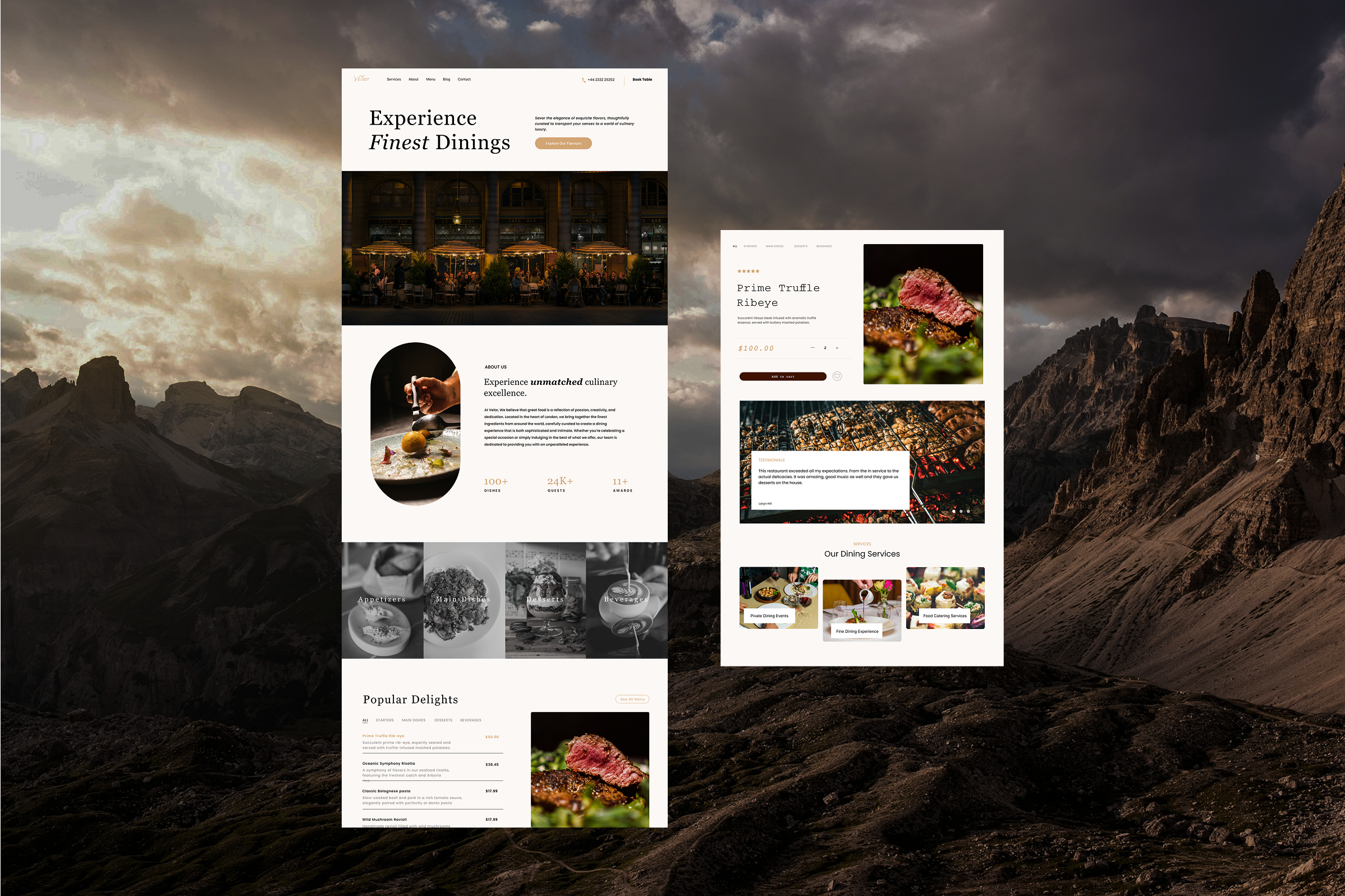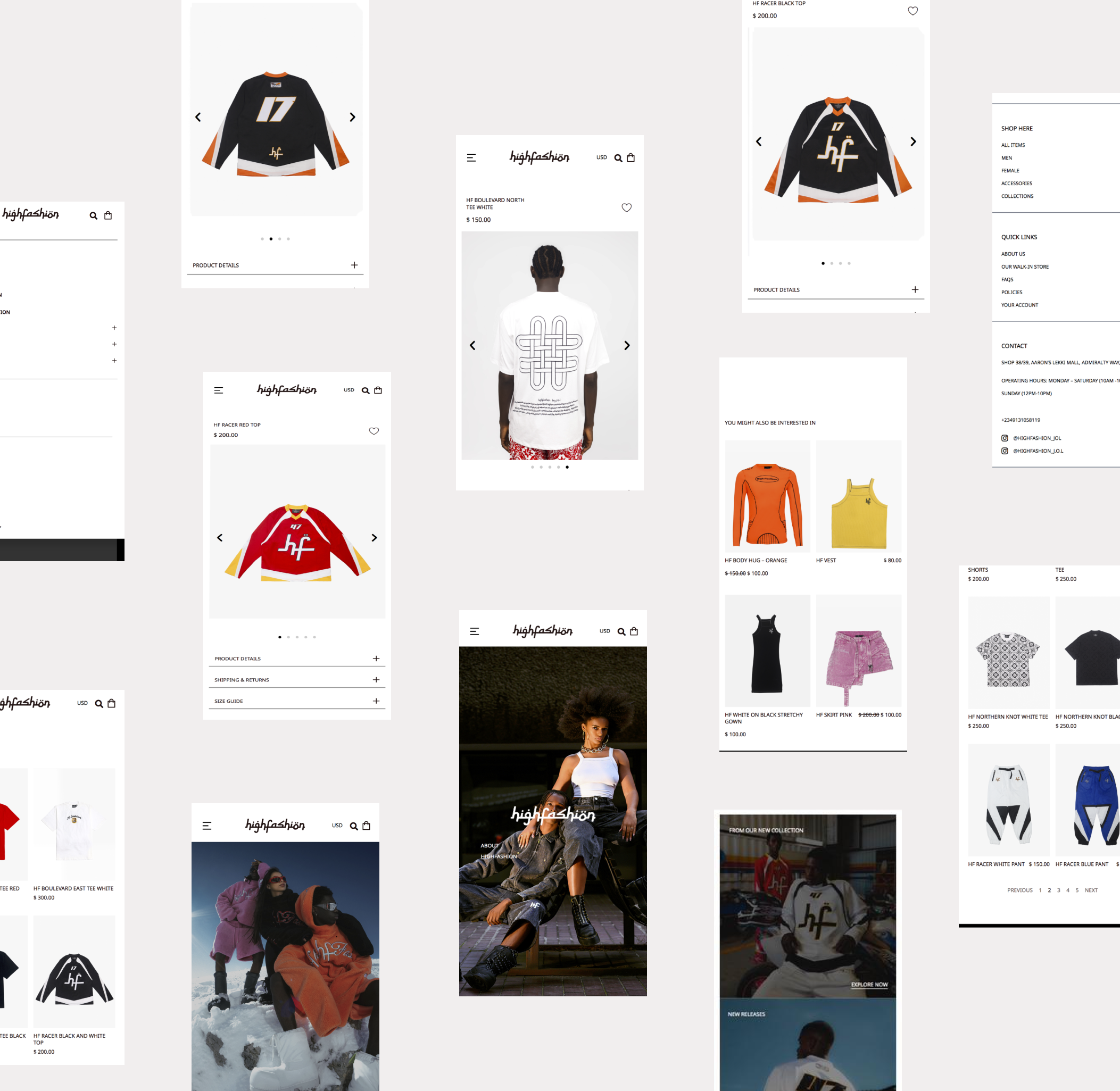Understanding Web Design: A Complete Guide

What is Web Design?
Web design is more than just aesthetics, it’s the strategic crafting of digital experiences that engage users and elevate brands. It blends visual storytelling, functionality, and user experience (UX) principles to create websites that are not only beautiful but also intuitive and effective.
A well-designed website serves as the digital face of a brand, making the first impression count while guiding users toward meaningful interactions. It’s a fusion of art and science, where creativity meets technology to drive engagement and business growth.
Key Elements of Web Design
- User Experience (UX): Intuitive navigation and smooth interactions keep users engaged and satisfied.
- Visual Design & Branding: Strong aesthetics, typography, and colors reinforce brand identity.
- Responsive & Adaptive Design: Ensures seamless performance across desktops, tablets, and mobile devices.
- Performance & Accessibility: Fast load times, inclusivity, and smooth functionality enhance user experience.
- Website Maintenance: Ongoing updates, security checks, and content management keep a site relevant and high-performing.
The Role of Strategy in Web Design
Web design isn’t just about looking good, it’s about solving problems. Every successful website starts with a clear strategy, aligned with business objectives and audience needs. This involves:
- Defining goals: Establishing clear objectives, whether increasing conversions, building brand awareness, or driving engagement.
- Understanding users: Conducting research to tailor experiences that meet the expectations and behaviours of the target audience.
- Optimizing for results: Implementing data-driven design decisions, A/B testing, and analytics to refine the experience over time.
Trends Shaping Modern Web Design
The digital landscape evolves rapidly, and web design must keep up. Some of the most impactful trends include:
- Minimalism & White Space: Clean, uncluttered designs enhance focus and usability.
- Dark Mode & Customization: Personalized experiences that adapt to user preferences.
- AI-Driven Interactions: Chatbots, predictive design, and smart content recommendations improve engagement.
- Micro-Animations & Interactivity: Subtle movement and interactive elements enhance storytelling and usability.
Final Thoughts
Web design is an ever-evolving field that combines creativity, functionality, and strategy. A strong digital presence is essential for brands looking to stand out and succeed.
By prioritizing user experience, aesthetic appeal, and strategic design, businesses can create web experiences that not only look great but also drive meaningful results.
OTHER ARTICLES

